Home
Building Green: The Future of Construction in the USA
One of the leading global producers of carbon emissions is the construction sector. It is more crucial than ever to take action to lessen the ecological consequences of building given the current climate catastrophe. Building sustainably is the way of the future, not just for the ecosystem but also for people's health and wellbeing.
The concept, construction, and building operation with an emphasis on energy efficiency, environmentally friendly materials, and environmental effect are referred to as "green building." Power, water, and other commodities are used less frequently in green buildings, which lowers their operational costs and carbon footprint. The green building sector is expanding quickly, and the US has made tremendous progress in promoting and encouraging environmentally friendly building methods.
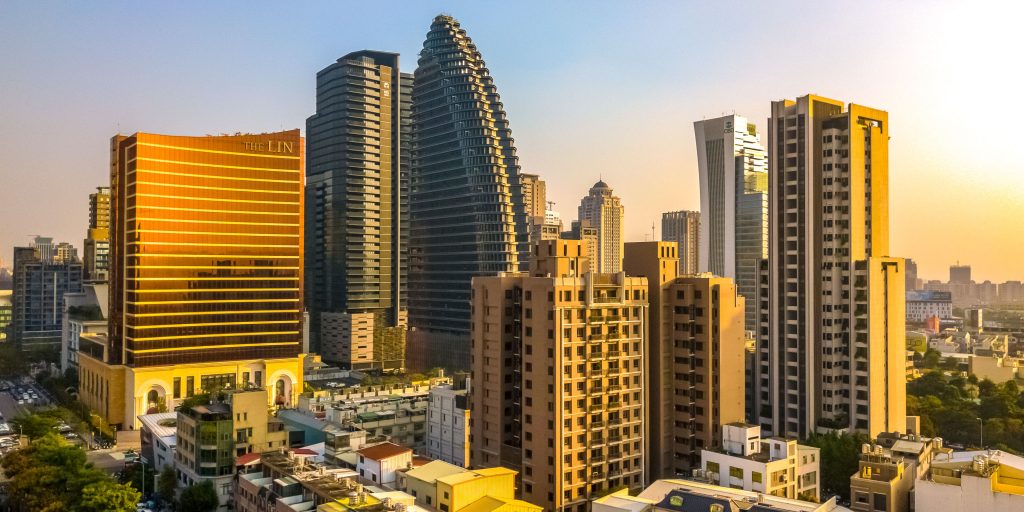
The US Green Building is a nonprofit group devoted to advancing environmentally friendly construction methods. The Leadership in Energy and Environmental Design (LEED) accreditation program, created by the USGB, offers a framework for creating and maintaining environmentally friendly structures. A building must go through a rigorous procedure called LEED certification to guarantee that it satisfies high sustainability criteria.
There are several advantages to building sustainably. Green buildings save money, for starters. A USGB study found that energy costs are reduced by green buildings by an estimated of $7.5 billion annually. Due to its increased attraction to individuals who place a high value on sustainability, going green also have a better retail value and can draw in additional tenants.
Green structures also give people a healthier atmosphere. Better air quality and the use of non-toxic construction materials in green buildings helps lessen allergies and respiratory issues. Additionally, green structures take advantage of natural sunlight, which can enhance productivity and mental wellness.

The environment benefits from green construction too. Green structures eliminate waste, make better use of water, and use renewable energy sources. This lessens the carbon impact and aids in the fight against climate change.
Additionally, the US government is promoting green building techniques. The Energy Independence and Security Act of 2007 mandates a 30% reduction in energy use by 2015 and a 50% reduction by 2025 for government facilities. In order to provide direction and support for green construction programs, the General Services Administration (GSA) also established the Green Building Advisory Committee.
These initiatives have led to a huge increase in the environmental building sector in the US. There are over 100,000 LEED-certified buildings in the US, and the industry is anticipated to expand by 20% in 2021, according to the USGBC.
In conclusion, the future of the construction sector lies in building sustainably. The US has made tremendous efforts to push and encourage green construction initiatives due to the multiple advantages of sustainable building techniques. Green construction will be a crucial component of lowering the co2 emissions and fostering a more healthy and sustainable future as we continue to tackle the climate change issues.
Green Building Resource – Engineering, Architecture and Environment

The goal of green building is to reduce the unfavorable effects of buildings on the environment while fostering sustainability and good health.
Engineering, architecture, and the environment are all included in the idea of green building.
Green construction must include engineering.
Engineers are crucial in the development of energy-efficient solutions that lessen the total environmental impact of construction projects.
Engineers work on tasks including water management, lighting, and HVAC systems.
They also focus on clean energy production technologies that lessen reliance on fossil fuels, like wind and solar energy systems.

An additional crucial component of green building is architecture.
Buildings are designed by architects with sustainability in mind, employing eco-friendly and energy-efficient materials.
In addition,
In order to maximize natural light and ventilation and minimize the need for artificial lighting and air conditioning, they also take building orientation and layout into account.
A key component of green construction is the environment.
Green building techniques help to protect natural resources and lessen the environmental impact of construction.
This entails employing renewable resources, cutting down on waste produced during construction, and lowering the carbon footprint of structures.
Additionally, buildings can be made to support biodiversity and preserve natural environments.
The U.S. is one of many organizations that provides resources for green construction.
International Green Building Council and the United States Green Building Council (IGBC).
These organizations offer certification programs like LEED (Leadership in Energy and Environmental Design), which honor structures that adhere to strict environmental guidelines.
In order to improve sustainability and lessen the damaging effects of buildings on the environment, green building is a crucial approach that combines engineering, architectural, and environmental issues.
Green construction is expanding in popularity and accessibility with the aid of organizations like the USGBC and IGBC, enabling a more sustainable and healthy future.
Green Building for Home Improvement: Strategies from Building Green USA
The technique of building and designing structures in an ecologically responsible manner is referred to as “green building,” sometimes known as “sustainable building.” This method strives to increase tenant health and well-being, lessen the environmental effect of buildings, and encourage resource efficiency. We shall define green building and discuss its advantages in this essay.
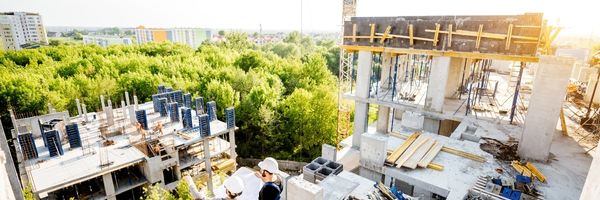
What is green construction?
An method of building design, building, and operation known as “green building” takes into account a building’s effects on the environment, economy, and society. It entails the use of environmentally friendly materials, effective resource management, and consideration of the building’s environmental impact from conception to demolition.
A number of essential components make up green construction. Energy efficiency is one of them. This entails using energy-efficient lighting, heating and cooling equipment, and insulation when planning and building buildings in order to reduce energy usage.
The utilization of sustainable resources is another aspect of green construction. This entails the use of ecologically friendly materials, such as recycled or recovered materials or materials derived from renewable resources.
Another essential component of green building is water conservation. This entails incorporating water-saving technology into building design and construction, such as reduced fixtures, rainwater collection systems, and greywater recycling treatment.
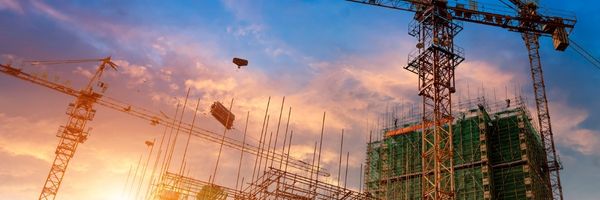
Air Quality: Choosing Low-Emission Products and Materials
For a healthy living environment in the house, maintaining appropriate indoor air quality is essential. Choosing low-emission components and goods is one strategy to enhance the quality of the air within buildings. Here are some alternatives to think about:
Low-VOC paints: Avoid volatile organic chemicals (VOCs), which can increase to indoor air pollution, by using low-VOC paints.
Insulation made without formaldehyde: This harmful chemical is rarely used in insulation production.
Low-emission flooring: There are low-emission versions of many flooring types, such as carpet, hardwood, and vinyl, that generate fewer pollutants.
Air purifiers: To get rid of air contaminants, think about adopting air purifiers with HEPA filters.
Natural materials: Opt for products composed of organic, regenerative materials like cotton, wool, and bamboo.
Green cleaning supplies: Use cleaning supplies devoid of toxic chemicals and other harsh ingredients that might contribute to indoor air pollution.
Proper ventilation is essential for preventing the accumulation of indoor pollutants. Check that your home has had enough ventilation.
You can enhance the air quality in your house and support a healthy living environment by making your purchases from these reduced materials and goods.
Benefits of Green Construction
Numerous advantages of green building are provided to the environment as well as the building’s residents. Some of the most significant advantages are as follows:
Environmental Advantages
There are various ways that green building lessens a building’s environmental impact. Green construction lessens waste and the use of quasi resources by utilizing sustainable materials. Systems and designs that consume less energy cut back on the burning of fossil fuels and emissions of greenhouse gases. Water-saving devices help to conserve this priceless resource by lowering the demand for fresh water.

Economic Advantages
Green construction has a number of financial advantages. Energy-efficient technologies and designs can lower energy costs over time and result in financial savings. Technologies that conserve water can help lower your water cost. Additionally, because they are in short supply and have minimal operating expenses, green buildings frequently have higher property values.
Benefits for Health and Well-Being
Additionally, inhabitants’ health and wellbeing might be enhanced by green buildings. A better indoor atmosphere can be produced via green building by limiting the usage of harmful chemicals. The risk of respiratory issues can also be decreased by better ventilation and air quality. Access to outdoor areas and natural light can enhance mental well-being and lessen stress.
Social Advantages
Social advantages of green building are also possible. Green construction can contribute to the development of an environmentally conscious culture by fostering resource conservation and sustainable living. Green buildings can also provide employment in the manufacturing and green construction sectors.
Conclusion
Green architecture is a method of designing and constructing buildings that takes into account its effects on the environment, the economy, and society. It provides various advantages, such as increased health and wellbeing, financial savings, environmental sustainability, and social responsibility. We can build a more prosperous and sustainable future for the earth and ourselves by giving green building priority in home renovation projects and new development.
Maximizing the Lifespan of Your Garage Door: Best Practices for Commercial Property
Many companies depend on a commercial garage door to provide entry for vehicles, storage, and the loading and unloading of cargo.
Businesses may incur costly downtime due to broken or broken garage doors, which also pose security and safety hazards.
A poorly kept garage door can have detrimental effects on the property’s energy efficiency in addition to lowering productivity and hurting the bottom line.
Therefore, it is critical for businesses to give their garage door maintenance top priority to ensure that they operate at peak efficiency and help to the efficient operation of the company.

Inspection and Maintenance
The safety, dependability, and longevity of tools, structures, and systems are all dependent on inspection and upkeep.
Equipment failures, downtime, and repair expenses can all be avoided with regular inspection and maintenance plans.
The significance of inspection and maintenance, the advantages of having a regular program, and the important aspects to take into account when creating an inspection and maintenance plan are all covered in this article.
The significance of maintenance and Inspection
For spotting and avoiding possible equipment failures, inspection and maintenance are essential. Regular inspections enable maintenance employees to spot early indications of corrosion, wear and tear, and other flaws. This lowers the possibility of catastrophic equipment failure and its associated safety risks by enabling them to take preventative steps to repair or replace worn components before they fail.
A well-thought-out inspection and maintenance schedule can also increase the dependability and longevity of equipment.
Equipment owners can make sure that their assets are in excellent shape and performing at their best by adhering to a regular maintenance plan.
This may result in greater output, less downtime, and a longer equipment lifespan.
A Regular Inspection and Repair Program Has Many Advantages
Implementing a routine inspection and repair program has many advantages.
Among these advantages are:
A higher level of safety is possible thanks to routine inspection and upkeep, which can help find potential safety hazards before they cause accidents or injuries.
Reduced downtime – Equipment failure-related downtime can be reduced by effectively finding and repairing worn or damaged components.
Increased equipment dependability – By keeping equipment in top shape, regular upkeep can help lower the risk of unplanned breakdowns.
Equipment lifespan can be extended with proper maintenance, which cuts down on the need for early replacement and the related costs.
Performance improvement – By keeping equipment in peak condition, regular maintenance can increase output and efficiency.
Important Things to Think About When Creating an Inspection and Maintenance Schedule
Consideration of a number of essential factors is necessary when creating an efficient inspection and maintenance strategy.
Among these elements are:
Age and type of the equipment – Different types of equipment may have varying inspection and maintenance requirements.
Older equipment might also need more regular maintenance and inspections than newer equipment.
Operating conditions – The conditions in which the equipment is used can affect its wear and strain.
For instance, equipment working in corrosive conditions might need more frequent maintenance and inspections.
Manufacturer recommendations – Depending on their products, equipment makers might offer particular inspection and maintenance advice.
By following these suggestions, you can make sure that everything runs smoothly and lasts a long time.
Regulations – There may be regulations for inspection and maintenance, depending on the business.
A secure and dependable operation must be maintained at all times, so compliance with these rules is crucial.
Resources on hand – The personnel, equipment, and financial resources on hand may have an effect on the creation and application of the inspection and maintenance plan.
Repair and Replacement
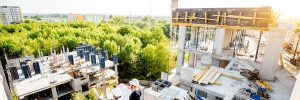
Many companies depend on a commercial garage door to provide entry for vehicles, storage, and the loading and unloading of cargo.It’s important to go to the best providers of commercial garage door in Oxnard, CA
Businesses may incur expensive downtime due to garage door malfunctions or damage, as well as security and safety risks.
Therefore, it’s crucial to give maintenance and replacement the highest priority when they’re required.
Frequently, small problems like loose hardware or slight misalignment can be resolved with straightforward adjustments or fixes.
The garage door may need to be replaced entirely in cases of more severe harm or wear and tear.
Here are some indicators that a garage door may require maintenance or replacement:
Loud or grinding noises when opening or shutting the garage door could be a sign that it needs to be repaired or replaced.
Visible damage: Dents or damage to the garage door’s sections can affect how it operates and looks. Repair or replacement may be required, depending on the severity of the harm.
Slow or uneven operation: Damaged or worn parts, such as the track or rollers, may be the cause of the garage door’s sluggish or uneven operation.
Safety risks: Both customers and workers may be put in danger by a broken or malfunctioning garage door. The garage door may require immediate attention if the safety mechanisms are not operating correctly or if it does not close or open as it should.
Energy efficiency: A property’s energy efficiency may be impacted by an old or inadequately sealed garage door. A new garage door that is energy-efficient can lower energy expenses and result in long-term savings.
It is advised to speak with a qualified garage door technician before deciding whether to fix or replace a commercial garage door.
A expert can perform a thorough examination, diagnose the problems, and make recommendations for the best course of action.
Repairing a garage door might be a sensible choice in some circumstances. However, replacing the garage door with a new one might be more cost-effective if it is old or severely harmed.
A new, energy-efficient garage door upgrade can result in long-term savings, enhance the appearance of the home, and give property owners piece of mind.
The Impact of Building Green on Home Repair Costs: A Win-Win for You and the Environment.
What we mean when we talk about “green buildings” is structures that are constructed and designed in a way that causes as little harm to the ecosystem and the people who live or work inside them as possible. A healthy indoor climate is maintained through the use of sustainable materials, the installation of energy-efficient systems, the reduction of waste and pollution, and so on. An environmentally friendly structure is one that uses as few resources as possible without sacrificing comfort or safety for its occupants. Sustainable, energy-efficient, and socially helpful design and construction practices are the hallmarks of green buildings, which take into account all phases of a structure’s existence.
Benefits of Building Green
Among the many advantages of eco-friendly construction are:
Green buildings are beneficial to the ecosystem because they are created to use as little energy, water, and waste products as possible. By relying less on fossil fuels, they contribute to the fight against climate change, and renewable energy sources like solar and wind power are used to power the structure. Features like rainwater collection and graywater recycling are common in green buildings because they help preserve water.
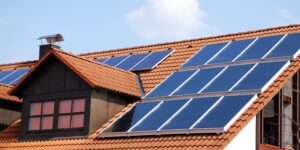
The bottom line can profit greatly from going the eco-friendly route, as even if the construction costs are higher at the outset, they will be much lower in the long run. Greener structures use less power to function, which means they cost less to heat and cool. Since green products and systems tend to be more long-lasting than their conventional counterparts, they also require less upkeep. Sustainable design elements can also increase the value of a structure after it has been sold.
The use of non-toxic materials, enhancement of interior air quality, and reduction of allergens and other harmful substances all contribute to a healthier living atmosphere for building occupants, making green buildings a good choice. Natural lighting and ventilation are two of the many green construction features shown to boost morale and output.
When considering the long-term value of a structure, it is important to consider the impact on the environment as well as the well-being of the people who will be living or working there.
How Building Green Reduces Home Repair Costs
In a number of ways, green construction can greatly cut the cost of home maintenance:
Construction with long-lasting and eco-friendly elements is a hallmark of green structures. Stronger and more durable than traditional timber, recycled steel, concrete, and wood composites can extend the life of a structure and cut down on maintenance costs.
High-efficiency heating and cooling systems, insulation, and energy-saving appliances are all standard in green structures. Less energy is used to run the building, meaning reduced utility bills and less wear and tear on the building’s systems.
Materials used in green construction tend to last longer than their conventional counterparts because they are impervious to the sorts of wear and tear brought on by moisture, insects, and other natural factors. Metal roofing, as opposed to asphalt tiles, can better withstand the elements, such as high winds and large hail.
Quality of indoor air is enhanced by the use of non-toxic and low-emission materials, which is one way in which green structures help those with respiratory issues. Repair costs that arise from mold, mildew, and other IAQ problems can be mitigated through heightened attention to maintaining a healthy interior environment.
Green construction helps homeowners save money in the long term because it reduces the number of times things need fixing. Sustainable materials and energy-efficient systems can lessen the building’s negative effects on the ecosystem, making it a more ethical and sustainable option for homeowners.
Challenge of Building Green

Green construction has many advantages, but there are also some difficulties that residents may encounter.
Green development may require additional funding up front when compared to more conventional building practices. However, the savings on electricity bills and upkeep costs in the long run can more than make up for the initial investment.
Depending on where you live, you may have a harder time locating or a smaller selection of sustainable products. In order to find these supplies, homeowners may need to do more investigation or hire specialist contractors.
To ensure conformity with applicable building codes and regulations, green construction may necessitate extra permits and inspections. This may increase the overall project budget and timeline.
Because of a lack of information and instruction, many homeowners may be unaware of the advantages of green construction and may not know where to begin. Homeowners can learn more about the advantages of green building and find tools to get started if there is an educational and awareness campaign to spread the word.
While there are undoubtedly some drawbacks to ecological construction, the advantages often make up for them. Homeowners can surmount these challenges and create a sustainable, healthy living environment by working with seasoned contractors and conducting appropriate research.
In sum, there are many positive outcomes for homeowners from eco-friendly construction practices, including lower energy expenses, better indoor air quality, and fewer maintenance headaches. Homeowners can create a more eco-friendly and socially helpful living space by using energy-efficient systems and sustainable materials. Higher initial costs and material availability are two potential obstacles to constructing sustainably, but these issues can be overcome with proper planning, research, and the help of knowledgeable contractors. In the end, building green benefits both homeowners and the ecosystem by creating a healthier and more long-lasting home for future generations. Homeowners should think about the long-term when deciding whether or not to construct green.
Reduce Your Carbon Footprint with Building Green USA’s Sustainable Garage Door Repair Solutions
In an effort to safeguard the planet for future generations, lowering our carbon footprint has become an urgent issue in today’s world.
While we frequently concentrate on reducing our energy consumption in our homes, we frequently overlook the impact of our garage doors on our carbon footprint.
This is where Building Green USA’s ecological garage door repair changes and opportunities in.
Advantages of Sustainable Garage Door Maintenance
Ecological garage door repair offers householders and the environment numerous advantages.
By repairing your garage door in an enviromentally manner, you can save money on your utility bills by reducing your energy consumption.
Moreover, ecological garage door repair can have long-term environmental benefits, such as decreasing carbon dioxide emissions and preserving resources.
Sustainable Solutions for Garage Door Repair
Building Green USA’s eco-friendly garage door repair services include the use of recycled steel and wood.
They also specialize in installing energy-efficient garage door openers, which can significantly reduce your home’s energy consumption.
In order for your garage door to continue operating efficiently and effectively, it is essential that it receives regular maintenance and care.
Additional Sustainable Garage Entrance Hints
Building Green USA is dedicated to supplying homeowners with sustainable building solutions.
With their knowledge of green building practices, they can assist you in reducing your carbon footprint and lowering your utility costs.
They are dedicated to just using eco-friendly products and techniques, and have a large number of satisfied customers who have reaped the benefits of their eco-friendly garage door repair services.

Conclusion
Reducing your carbon footprint need not be a difficult task.
By selecting Building Green USA’s environmentally friendly garage door repair services, you can contribute to a more sustainable future.
In addition to saving money on your utility bills, you will contribute to the preservation of the planet for future generations.
Contact Building Green USA immediately for information on their eco-friendly garage door repair services.
Building Green USA: Transforming Home Improvement into Eco-Friendly Solutions
Environmentally damaging activities have long been linked to the building sector. Traditional building methods have a big influence on the environment, from using non-renewable resources to creating trash and pollution. Sustainable construction methods are, however, becoming more popular, and Building Green USA is leading the charge in this direction.
An group called Building Green USA advocates environmentally friendly approaches and sustainable building methods. The company provides a variety of environmentally friendly building products and methods, such as solar panels, energy-efficient insulation, and green roofs.
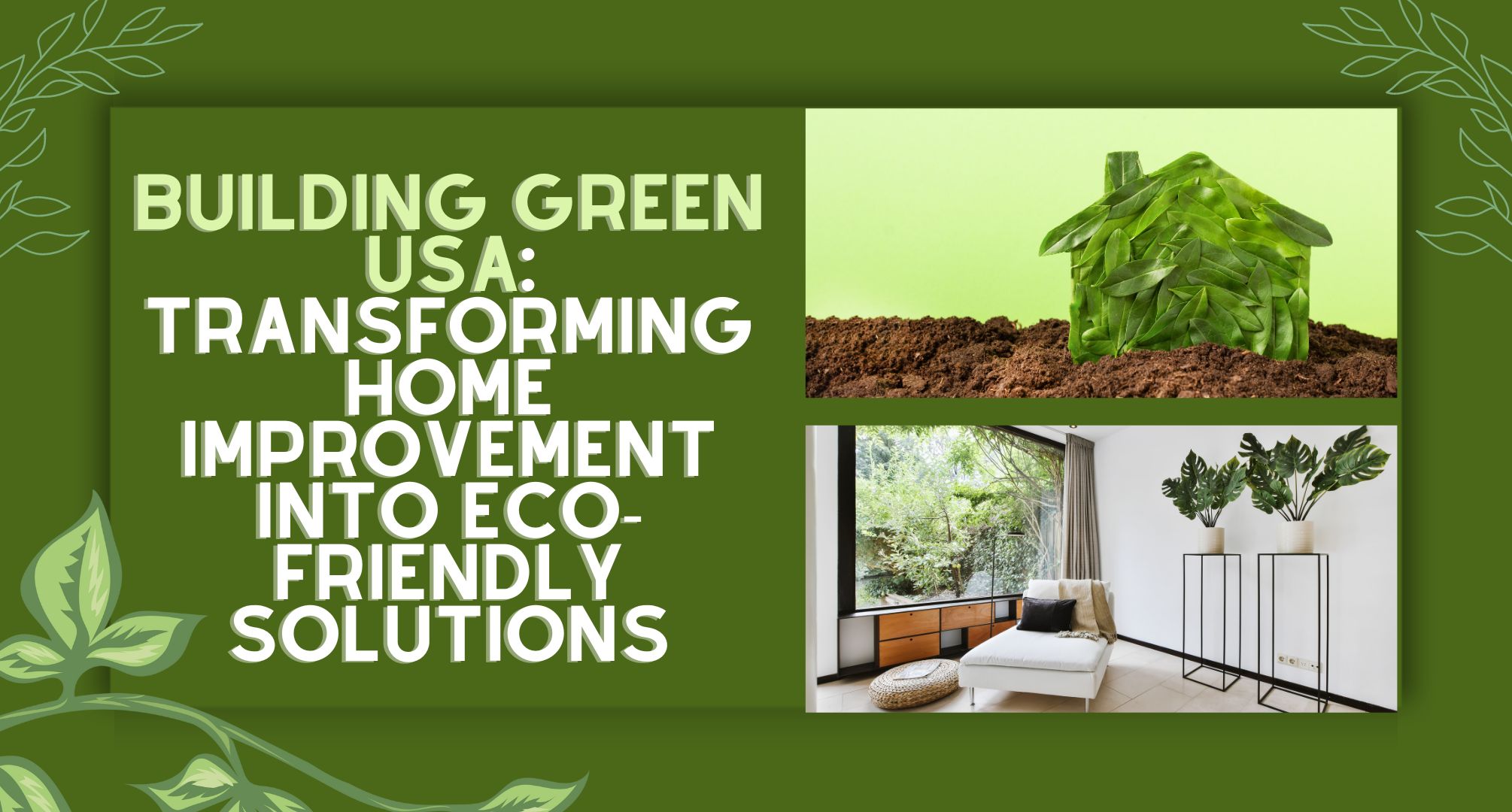
The Value of Sustainable Construction Methods
The environment is greatly harmed by conventional building techniques. For instance, using fossil fuels like oil and gas contributes to climate change. Pollution and garbage from building can also be harmful to the environment and wildlife.
On the other side, environmentally friendly materials and methods that have little influence on the environment are the main emphasis of sustainable building practices. This covers the utilization of sustainable resources including solar power, vegetative roofs, and water-saving devices.
Sustainable Building Solutions from Building Green USA
Builders and contractors can lessen their environmental effect by using a variety of sustainable building solutions provided by Building Green USA. The company provides everything from eco-friendly insulation to environmentally friendly roofing materials, all of which are intended to lessen the negative effects of building on the environment.
The usage of green roofs is one of the organization’s most creative options. Buildings that have green roofs are less likely to absorb heat, which lowers the energy required to cool the structure. Green roofs can also help to enhance air quality and lessen stormwater runoff.
Building Green USA also uses energy-efficient insulation as a cutting-edge option. By lowering the amount of energy required to heat and cool buildings, this kind of insulation not only helps builders save money but also lessens their carbon footprint.
Leading the World in Sustainable Building Methods: Building Green USA
By promoting green building methods and eco-friendly solutions, Building Green USA is revolutionizing the construction sector. The impact of the organization is seen from the rise in the number of sustainable building solutions sought after by builders and contractors.
Building Green USA influences other businesses and industries to embrace more eco-friendly practices in addition to advocating sustainable practices. The organization’s collaborations with other groups and businesses serve to spread awareness of sustainable building methods and inspire others to adopt them.
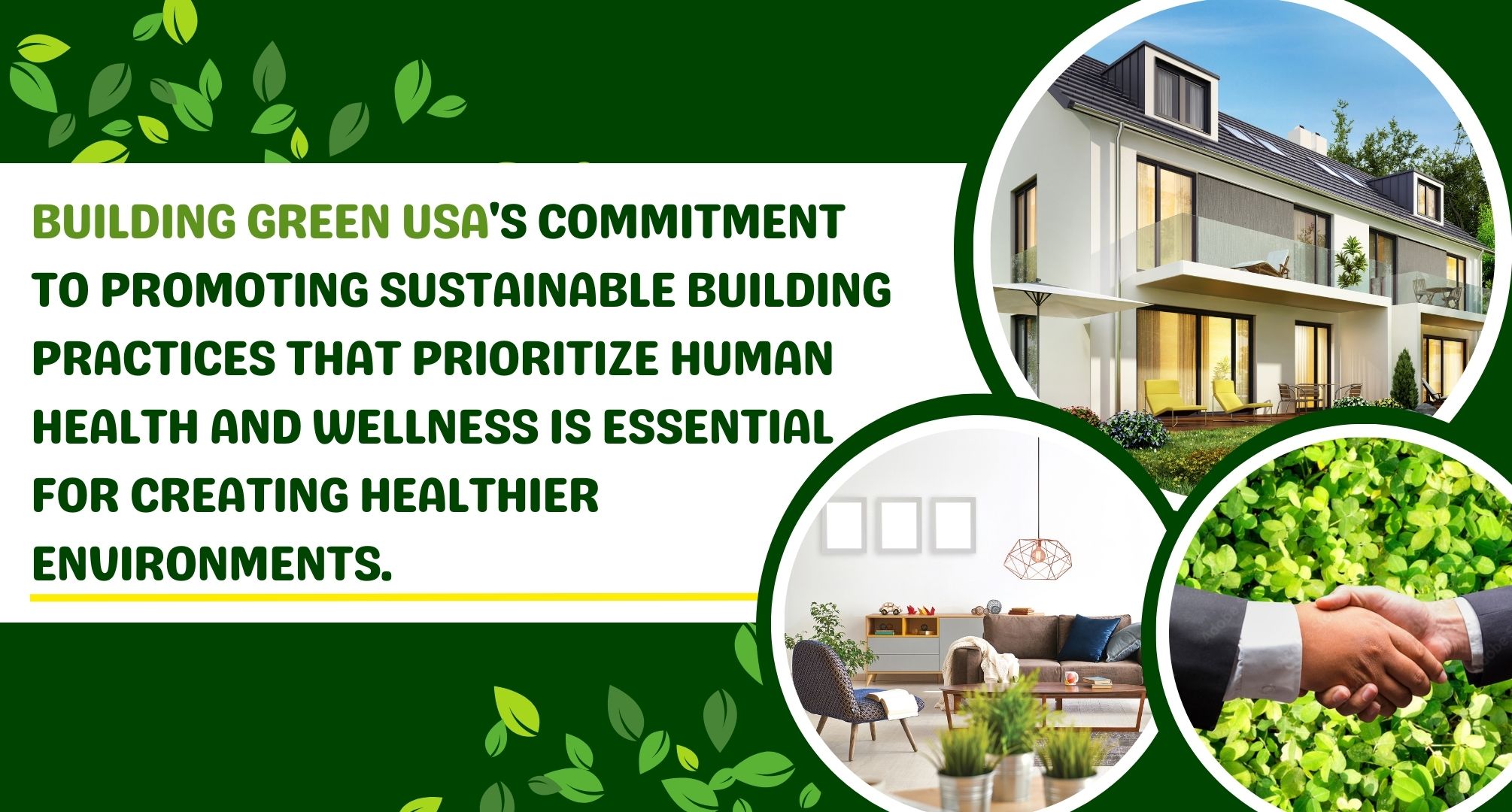
Using a Collaborative Approach, Building Green USA
One of the organization’s biggest assets is its cooperative approach to promoting sustainable building methods. The company collaborates with a variety of partners, such as builders, manufacturers, and other businesses, to promote sustainable methods and goods.
Sustainable building techniques cannot succeed without this cooperative approach. Collaboration among businesses enables the development of creative, efficient, and environmentally responsible solutions by using shared knowledge and resources.
Future of Sustainable Construction Techniques
Building Green USA and other groups have contributed to the promising future of sustainable building techniques. The demand for eco-friendly materials and methods will increase as more builders and contractors see the value of sustainability.
Building Green USA is in a good position to take the lead in developing sustainable building techniques in the future. Sustainable building practices will become the rule rather than the exception thanks to the organization’s dedication to innovation, collaboration, and the promotion of eco-friendly goods and methods.
Conclusion
Building Green USA involves converting building and home remodeling into environmentally friendly practices. The company is assisting in lessening the damaging effects of building on the environment by promoting sustainable practices and providing cutting-edge eco-friendly goods and services. The dedication of Building Green USA to innovation and collaboration is assisting in making sustainable building practices the rule rather than the exception and positioning the building sector as a leader in environmental sustainability.
Sustainable building techniques are crucial for the environment as well as the health and wellbeing of humans who reside in and use these structures. For the future to be healthier and more sustainable, Building Green USA’s dedication to promoting sustainable building methods is crucial.
construction Green USA is dedicated to promoting sustainable construction practices that put a priority on human health and wellness in addition to their focus on eco-friendly building materials and methods. This encompasses the utilization of non-toxic construction materials, encouragement of natural ventilation and lighting, and inclusion of green areas into building plans.
In the wake of the COVID-19 pandemic, the organization’s dedication to promoting sustainable building standards that put human health and welfare first is crucial. The epidemic has brought to light the significance of healthy structures and the potential contribution of sustainable building techniques to the development of healthier settings.
The creative approaches and teamwork of Building Green USA are assisting in the transformation of the construction sector into one that is more environmentally friendly and sustainable. For construction to have less of a negative environmental impact and to foster healthier, more sustainable societies, the organization’s dedication to promoting sustainable building techniques and materials is crucial.
The need for eco-friendly goods and methods will increase as more customers, builders, and contractors recognize the value of sustainability. Building Green USA is in a good position to take the lead in the development of sustainable building techniques and to contribute to the development of a more sustainable and healthy planet for coming generations.
How to Maximize Daylight: Illuminate Your Building with Natural Light
One aspect stands out as a transforming force in the pursuit of a harmonious and well-designed space: natural light. It has the ability to arouse our senses, boost our spirits, and improve the overall ambiance of any structure.
Using natural light to its maximum potential is not just an aesthetic option, but also a sustainable and energy-efficient one. You may create a dazzling oasis that exudes brilliance and encourages a sense of well-being by mastering the art of utilizing natural light in your building.
Throughout this guide, we will look at practical strategies and methods for illuminating your building with natural light. From strategic window placement to interior design choices and intelligent lighting control, we will unlock the secrets to creating a light-filled environment that transcends the boundaries between indoors and outdoors.
Get ready to embrace the transformative power of natural light and discover how it can revolutionize your space.
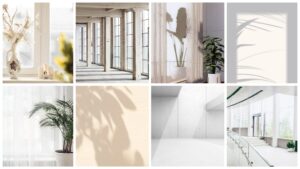
Strategic Window Placement: Where Light Finds Its Way
When it comes to maximizing natural light, strategic window placement is paramount. Think of your building as a canvas, and windows as the brushstrokes that allow light to paint its masterpiece.
Position your windows strategically to take advantage of the sun’s path throughout the day. South-facing windows capture the most sunlight, while east and west-facing windows let the rays grace your space during morning and afternoon respectively. Even north-facing windows can contribute to a well-lit environment by providing a gentle and consistent illumination.
But don’t limit yourself to traditional windows. Get creative and explore additional openings to invite natural light into your building.
Skylights, for instance, offer a direct channel for sunlight to cascade from above, infusing your space with a heavenly glow. Light tubes or sun tunnels can transport natural light into interior spaces that are far from windows, ensuring that every nook and cranny is bathed in the brilliance of the sun.
By strategically placing your windows and exploring alternative openings, you can unlock the full potential of natural light and create a bright and inviting atmosphere.
Light-Friendly Interior Design: Reflecting Brilliance
Now that you’ve optimized the entry points for natural light, it’s time to enhance its radiance within your space. Light-friendly interior design is the secret ingredient to magnify the effects of natural light.

Choose materials and surfaces that reflect light, creating a dazzling display of brightness. Polished floors, glossy tiles, and mirrored finishes are your allies in bouncing light around the room, amplifying its impact.
Color plays a crucial role in light-friendly design. Embrace lighter shades on walls, ceilings, and furniture to create a luminous and airy ambiance. White and pastel hues work wonders in reflecting and diffusing natural light, making your space feel open and inviting.
However, don’t shy away from adding pops of color to infuse vibrancy and personality into your design scheme. Earth tones can create a warm and cozy atmosphere, while bold accents can inject a playful touch. Strike a balance between light and color to achieve an enchanting environment that radiates with natural light.
Transparent Spaces: Embracing the Dance of Light
To fully immerse yourself in the embrace of natural light, consider incorporating transparent spaces in your building design. Open floor plans and glass partitions are the keys to connecting different areas while allowing light to flow freely.
Open floor plans remove barriers and allow natural light to travel unobstructed, illuminating every corner of your space. The seamless flow of light creates a sense of harmony and spaciousness, making your building feel larger and more inviting.
Glass partitions offer the perfect balance between privacy and light transmission. By incorporating them, you can maintain the open feel while still delineating separate areas.
The transparency of glass partitions allows light to penetrate deep into the building, ensuring that even secluded spaces remain bathed in natural brilliance. So, embrace transparency and let the dance of light captivate your building.
Mastering Light Control: Balancing Brilliance and Comfort
While we revel in the beauty of natural light, it’s essential to strike a balance between brightness and comfort. Light control mechanisms play a vital role in managing the intensity of sunlight and preventing glare.
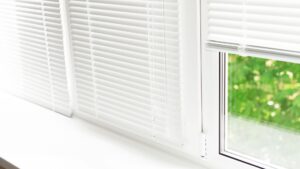
Window treatments such as blinds, shades, or curtains give you the flexibility to adjust the amount of light entering your space.
Consider installing adjustable louvers or shading devices on exterior windows to provide additional control. These mechanisms allow you to direct and filter sunlight according to your needs, preventing overheating and glare while still harnessing the positive effects of natural light.
By mastering light control, you ensure that your building remains a sanctuary of balanced illumination, where you can bask in the glow without compromising comfort.
Green Building and Natural Light: A Sustainable Union
Green building practices and natural light go hand in hand when it comes to creating sustainable environments. By maximizing natural light, you reduce the need for artificial lighting during daylight hours, resulting in significant energy savings. This not only benefits the environment but also reduces your building’s carbon footprint and operating costs.
Furthermore, the presence of natural light has a positive impact on the well-being and productivity of occupants. Sunlight stimulates the production of vitamin D, boosts mood, and enhances focus.
Incorporating natural light into your building, you create a healthier and more inspiring space for its inhabitants.
Conclusion
As we conclude our journey through the art of maximizing daylight in your building, you are now armed with the knowledge and tools to create a space that radiates with the beauty and benefits of natural light.
Not only will you enjoy the myriad advantages of natural light, such as improved mood, enhanced well-being, and increased productivity, but you will also contribute to a more sustainable future. By reducing reliance on artificial lighting and minimizing energy consumption, you are making a positive impact on the environment.
Embrace the power of daylight and witness the transformation of your space into a sanctuary of brilliance. By maximizing natural light in your building, you are not only creating a visually stunning environment but also embracing a sustainable and energy-efficient approach.
Let your building become a shining example of the harmonious integration of nature and design, inspiring others to follow suit. Truly, the possibilities are endless, and the rewards are boundless.
